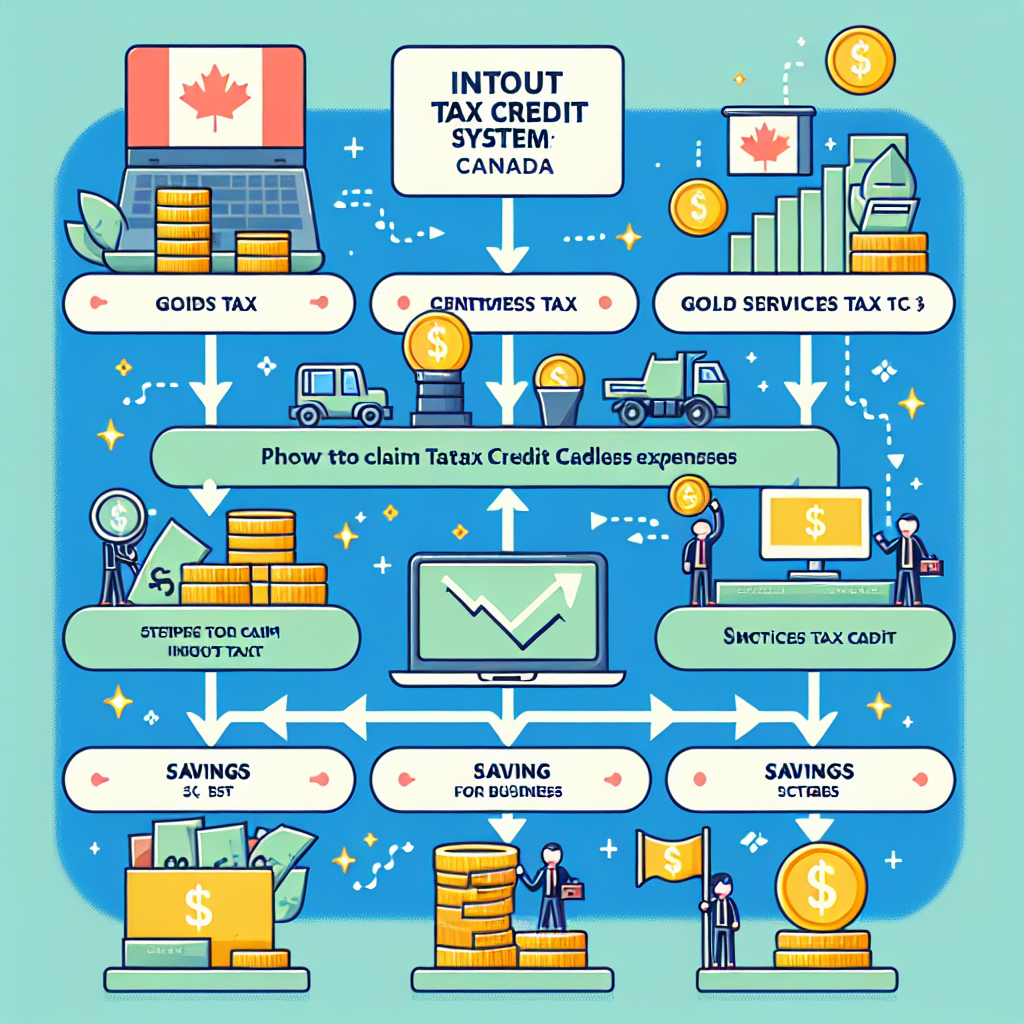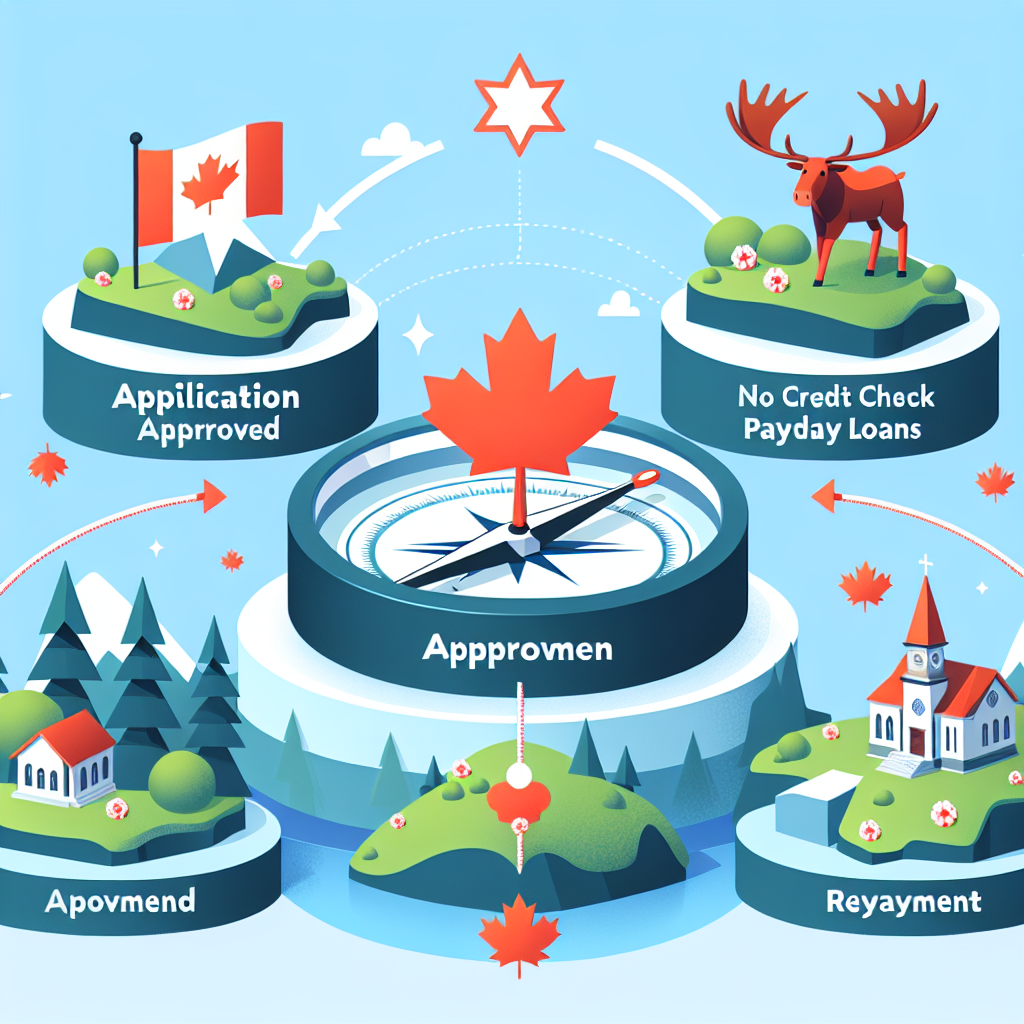===INTRO:===
Taxation is an unavoidable reality for businesses across Canada, and for many, the complexities of the Input Tax Credit (ITC) can feel overwhelming. Understanding Canada’s Input Tax Credit isn’t just an optional pursuit; it’s a crucial pathway to significant savings. In this article, we’ll delve into ITCs, revealing how they can provide financial relief and enhance cash flow for businesses. By the end, you’ll see that navigating the intricacies of ITC can transform your financial strategy and set you on a trajectory toward growth.
Unlocking the Secrets of Canada’s Input Tax Credit Savings
Understanding the mechanics of Canada’s Input Tax Credit is fundamental for any business looking to maximize its tax efficiency. An ITC allows registered businesses to recover the Goods and Services Tax (GST) or the Harmonized Sales Tax (HST) they’ve paid on purchases and expenses related to their commercial activities. This means that instead of absorbing these taxes, businesses can reclaim them, directly impacting their bottom line. The concept might seem straightforward, but many companies fail to take full advantage of this benefit, leaving potential savings on the table.
Let’s dissect what this means in practical terms. When a business incurs costs—whether for raw materials, services, or equipment—it often pays GST or HST on those expenses. If the business is registered for GST/HST, it can apply for ITCs, effectively reducing its net tax payable. For instance, a company that spends $10,000 on supplies and pays $1,300 in GST/HST can claim that amount back through their ITC. This simple yet powerful mechanism fosters a more robust cash flow, allowing businesses to reinvest their savings into growth opportunities, thereby amplifying their operational effectiveness.
However, the nuances of ITC claims can be daunting. Many enterprises are unaware of the eligible expenses that qualify for ITCs, leading to under-recovery of available credits. Not all purchases qualify, and it’s essential for businesses to maintain meticulous records and receipts. Additionally, companies need to be strategic about their tax filings—to optimize their claims, it’s often beneficial to consult tax professionals who specialize in Canadian tax law. By embracing these practices, businesses can unlock hidden savings, paving the way for enhanced profitability and sustainability.
How Businesses Can Leverage ITCs for Financial Growth
Now that we’ve uncovered the foundational elements of ITCs, let’s explore how businesses can operationalize this knowledge for financial growth. The first step involves a thorough audit of past expenditures to identify which purchases could have qualified for ITCs. Many businesses overlook this crucial aspect, believing they cannot amend previous returns. However, due to specific provisions in Canadian tax law, companies can often go back up to four years to recover unpaid ITCs, providing a surprising windfall for those who take the initiative to investigate.
Another strategy is to incorporate ITCs into broader financial planning. When drafting budgets or forecasting cash flow, businesses should factor in expected ITC recoveries. This foresight not only enhances the accuracy of financial projections but also empowers businesses to make informed decisions regarding investments and spending. By treating ITC recoveries as a vital component of the fiscal framework, companies can strategically allocate resources, ensuring they’re making the most of available tax credits.
Furthermore, proactive ITC management involves continuous education and staying updated with changing tax regulations. Tax laws can evolve, affecting the eligibility of various expense categories. By keeping abreast of these changes, businesses can adjust their accounting practices and purchasing strategies accordingly. Regular training sessions for accounting personnel can also be valuable, ensuring that everyone is equipped with the knowledge to identify, track, and claim ITCs effectively. This investment in human capital can yield significant returns, optimizing tax strategies and reinforcing the firm’s financial position.
===OUTRO:===
Understanding Canada’s Input Tax Credit can be a game-changer for businesses aiming to reduce tax burdens while enhancing cash flow. By unlocking the potential of ITCs and employing strategic approaches to their recovery, companies can pave the way to financial growth and sustainability. Whether you’re a seasoned business owner or just starting, it’s crucial to recognize the value of these credits and implement practices that ensure you’re not leaving money on the table. Ready to explore further? Consider consulting with a tax professional or investing time in educational resources to amplify your understanding and take your financial strategy to the next level. Don’t let the complexities of tax regulations eclipse your financial potential—seize your ITC opportunities today!
Navigating Payday Loans in Canada: A Bad Credit DilemmaExploring Alberta’s Online Payday Loan Landscape: Risks and RealitiesNavigating the Payday Loan Landscape in Victoria, BCRelevant LinkRelevant LinkRelevant Link



